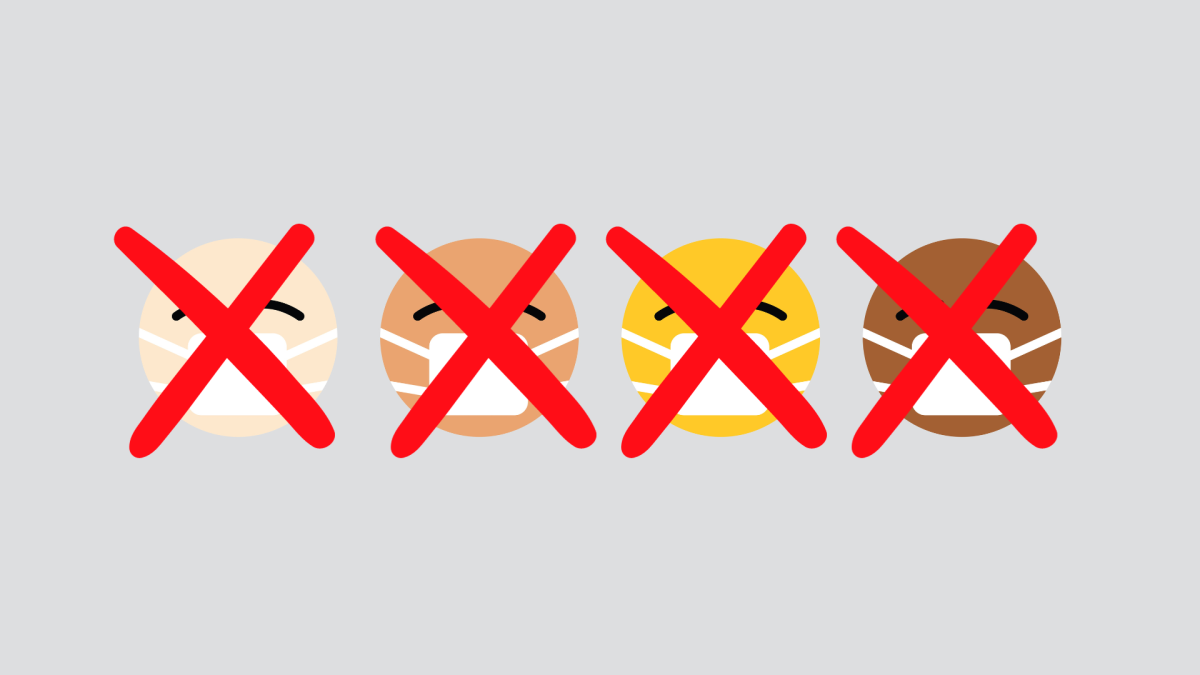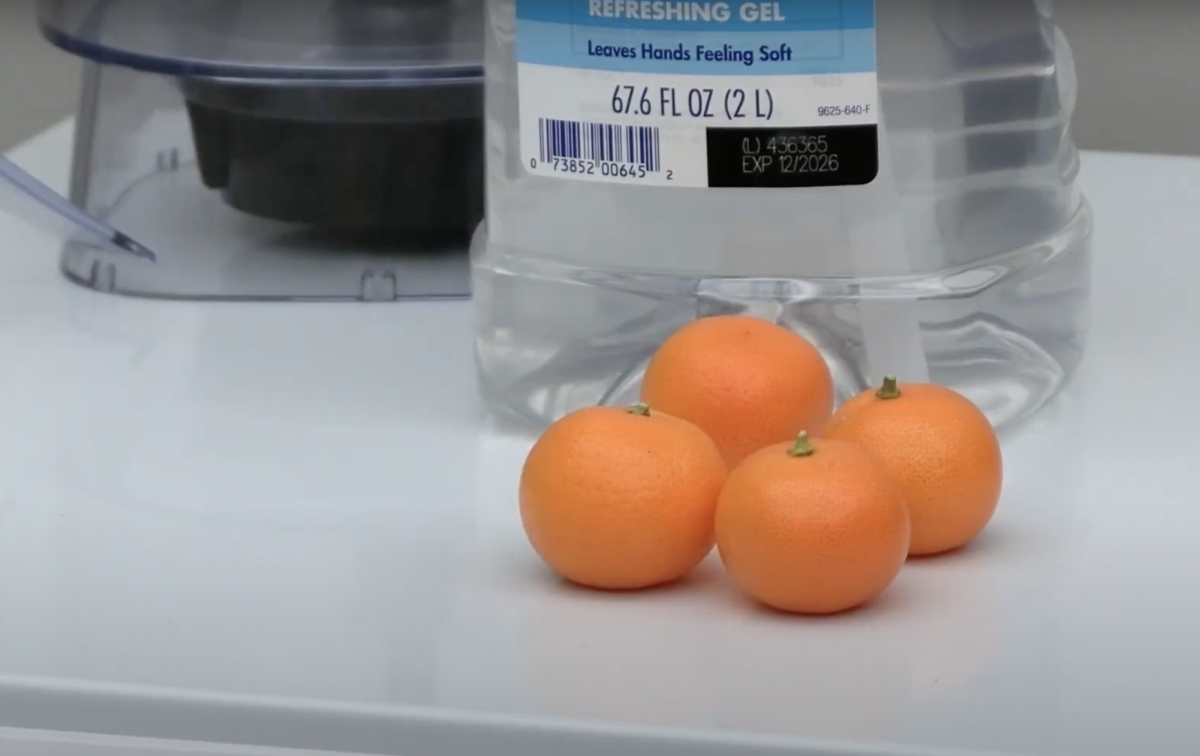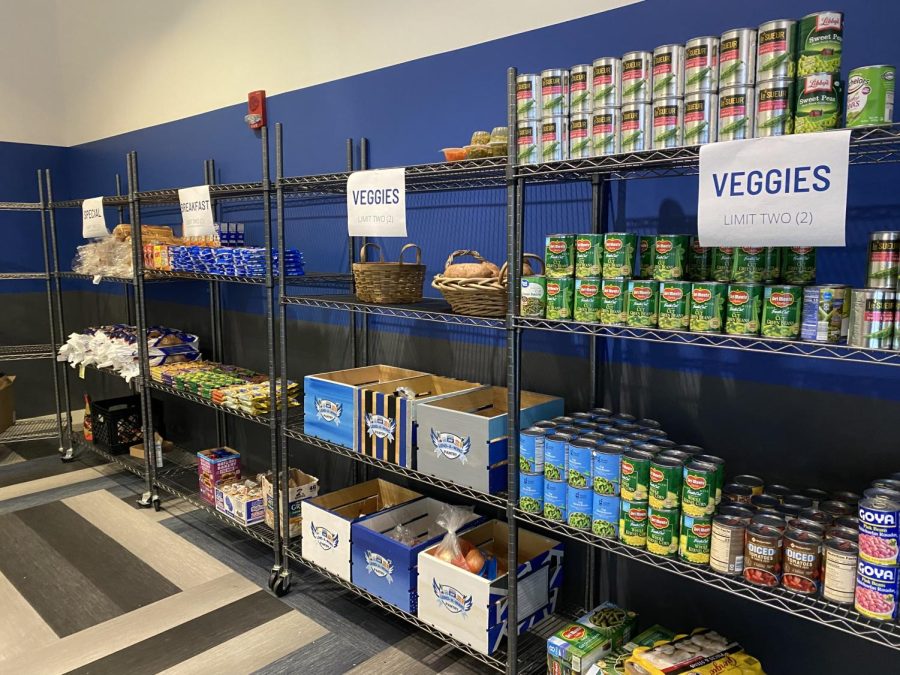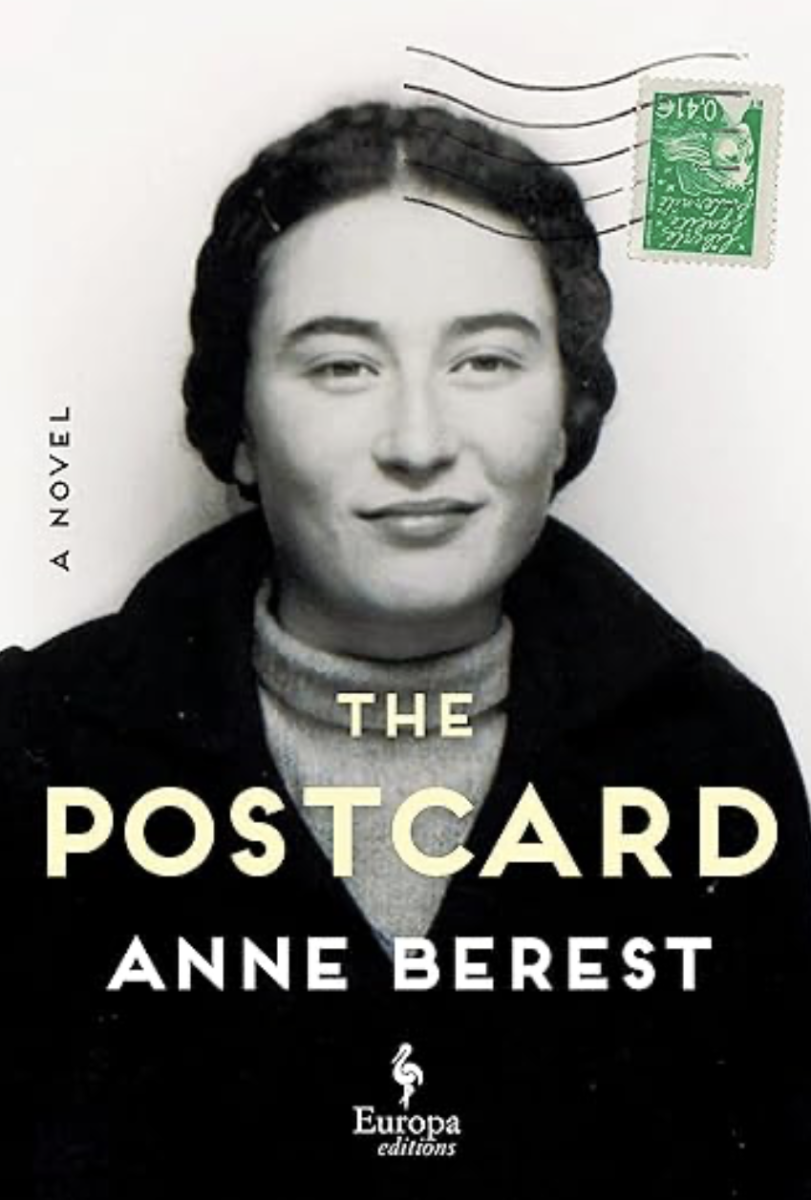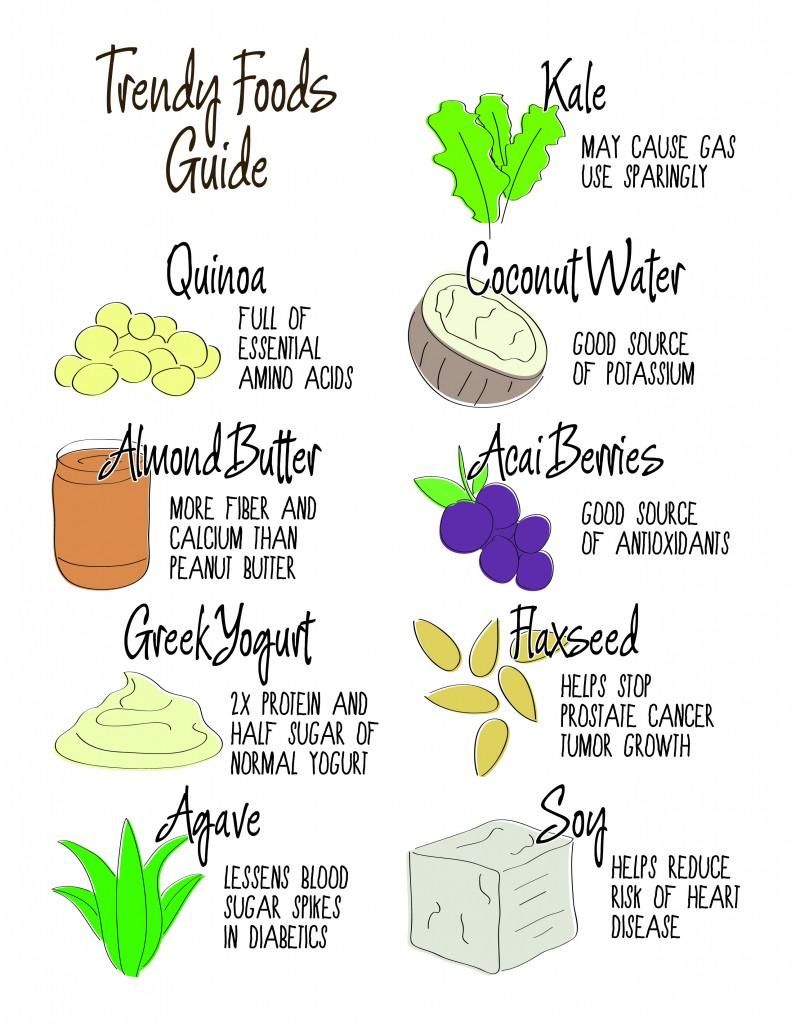
Eating can make you one of the cool kids on the playground now.
Food is becoming confusing. Food used to be just food, but now it has been split up into categories: junk food, healthy food, fast food, etc. And now we have “trendy” foods.
Whether or not you recognize it, you are well aware of the presence of trendy foods. They tend to be overly marketed, to the degree where you’ll think one, savory bite can turn you into an international supermodel. Trendy foods are typically found in the aisles of Whole Foods, or stores similar to it, and eaten by the food hipsters of the world, while they simultaneously plan their 5am workout.
Many people eat these foods blindly with little knowledge of their nutritional value because advertising is everywhere and everyone seems to be doing it. Don’t let the excessive marketing behind trendy foods cloud your judgment. Being trendy comes with a price tag. Do your research and learn the facts for yourself, before spending your money.
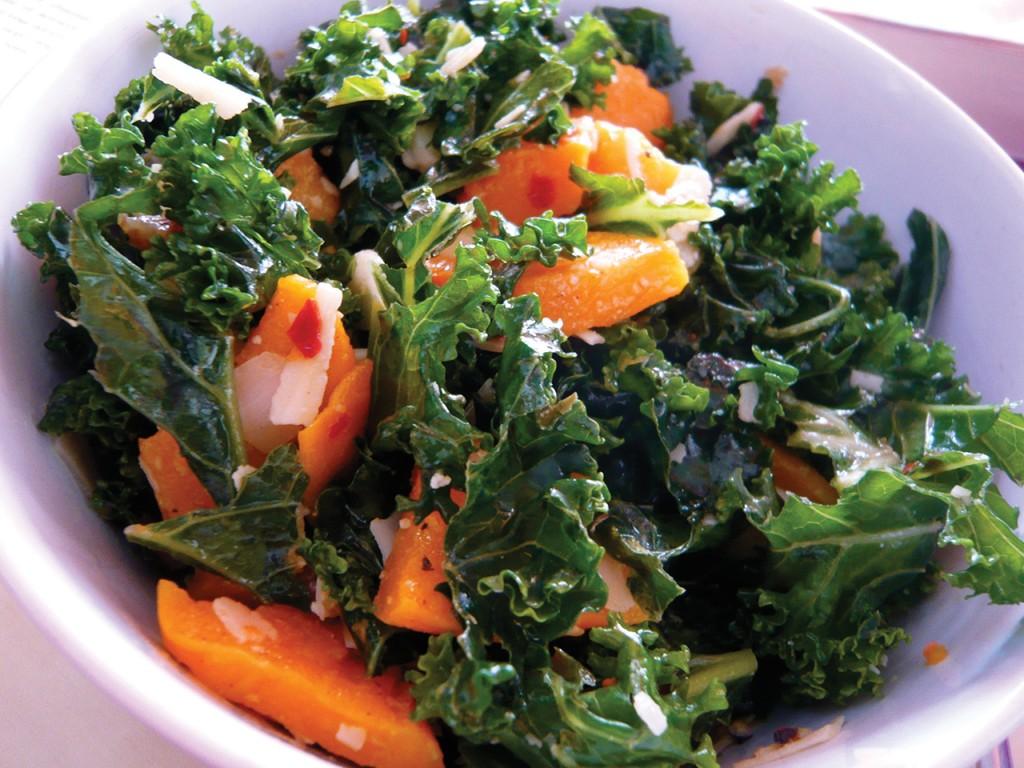
Kale
This vegetable has been tagged with the phrase “eat more kale,” as seen on t-shirts. Kale contains 45 flavonoids. According to Mayo Clinic, flavonoids are compounds, protecting the body against damaging effects of chemicals. These compounds are commonly thought to reduce the risk of cardiovascular disease and protect against sun damage, but more research is still needed to support these theories.
Be careful with consuming kale raw, said Deirdre Orceyre, a naturopathic physician at the Center for Integrative Medicine at the George Washington University Medical Center. Raw kale can be the source of bloating, gas and other abdominal issues. Orceyre recommends limiting uncooked kale to once or twice a week.
Did I mention Kale also has its own day? The first Wednesday of every October is National Kale Day. Kale Dance Party, courtesy of the National Kale Day community, is included (this is real).
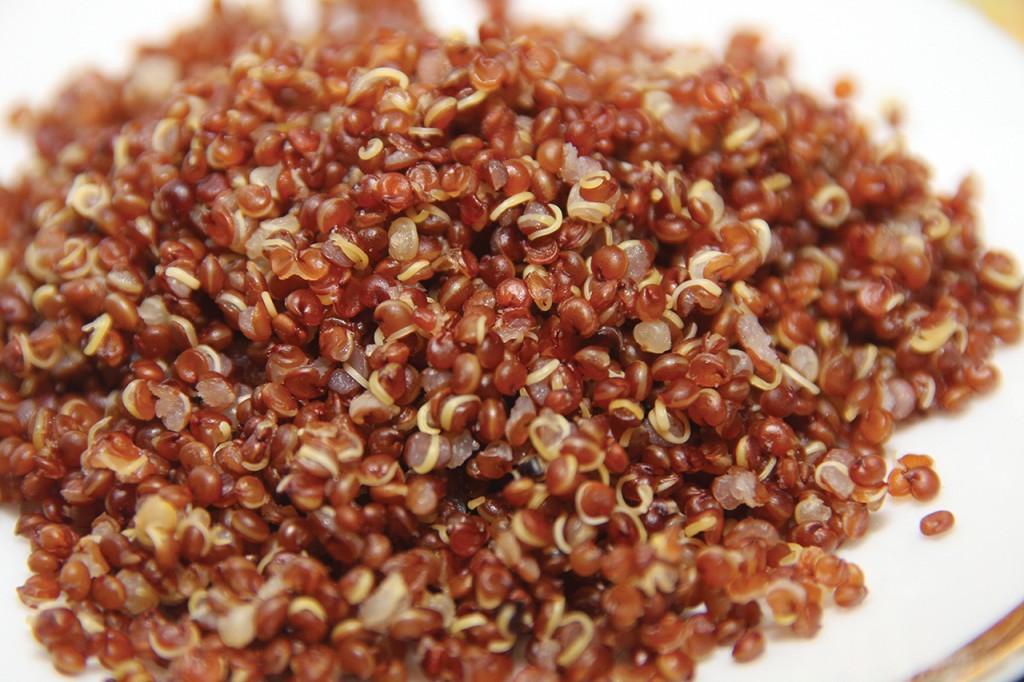
Quinoa (kēn-wä)
Kale may have its own day, but quinoa has its own year. The Food and Agricultural Organization of the United Nations declared 2013 the International Year of the Quinoa. Quinoa’s market price has tripled since 2006, according to Time Magazine.
Quinoa is a complete protein, much like eggs or poultry, meaning it contains all the essential amino acids your body needs. While quinoa is a good source of protein, be aware that other sources, such as eggs or poultry, are a better source of protein than quinoa.
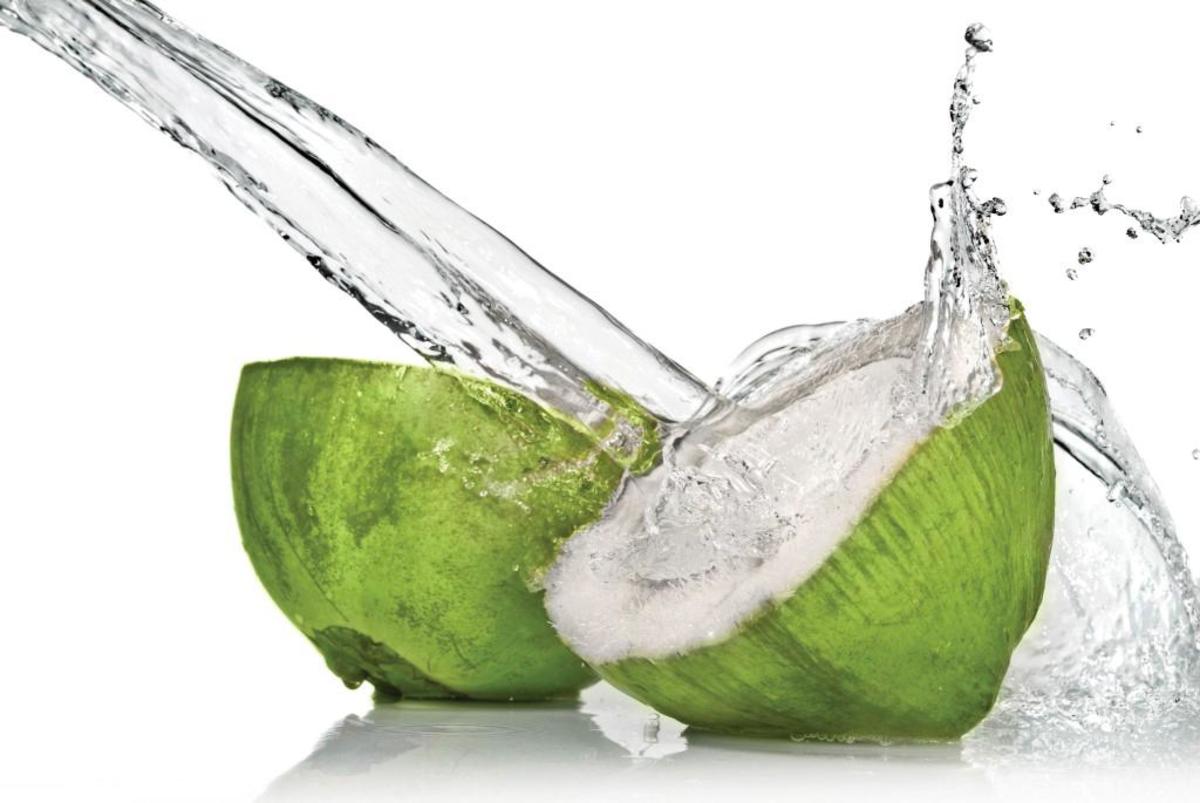
Coconut Water
Don’t let the name confuse you. Coconut water is not water with coconut flavoring (as I once thought), according to Mayo Clinic. It’s actually the liquid sourcing from coconut. Notorious for being a good source of potassium, it is naturally fat free and low in sugar, according to the American Society of Nutrition.
Coconut water is often thought of as a sports drink. However, it may not be sufficient enough in carbohydrates or protein when undergoing intense exercise, according to Mayo Clinic. Carbohydrates and protein consumption during exercise helps reinvigorate your muscles, so don’t skimp out on these nutrients.
Almond Butter
I’ve heard this dubbed the “grown-up peanut butter.” Although I argue peanut butter has no age limits, almond butter has its benefits. Almond butter is similar in calories to peanut butter, but has less saturated fat, more fiber and more calcium, according to the U.S. Department of Agriculture. Almond butter can also serve as an alternative to peanut butter for those with tree nut allergies, according to the USDA. Almond butter carries a heftier price tag, though, than its more traditional alternative.
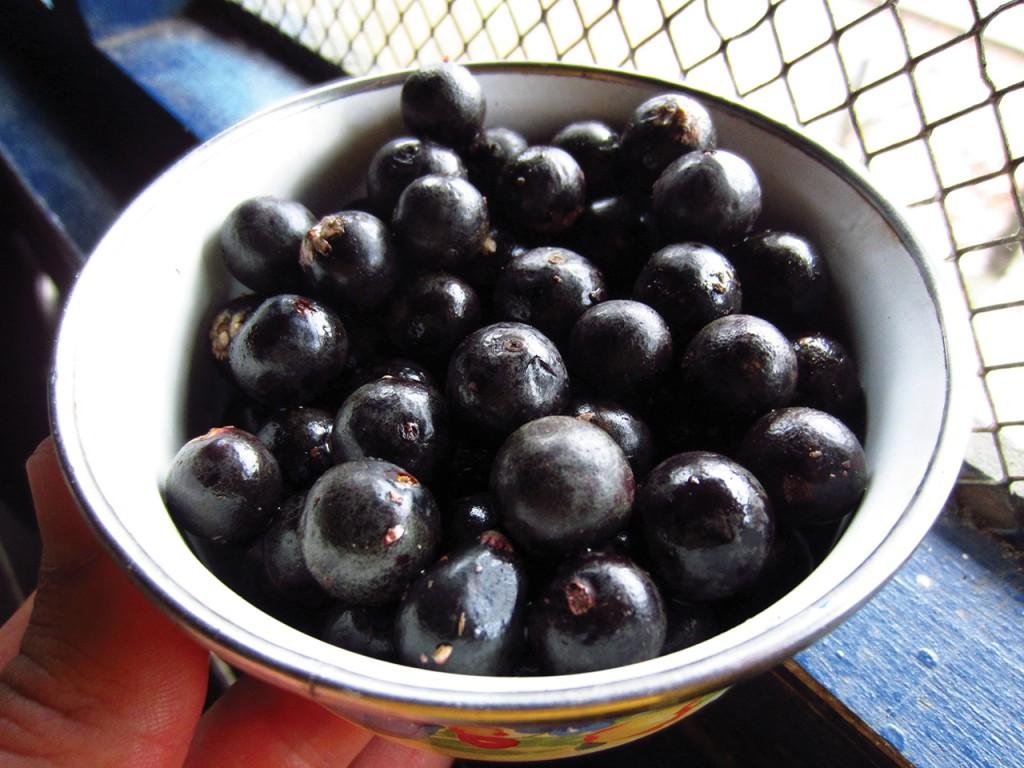
Acai Berries (ah-sah-ee)
Like other fruits of its nature, acai is a good source of antioxidants. But let’s not get ahead of ourselves. Acai has recently found itself, as you may have seen in a slur of advertisements, claiming it will aid in weight loss. According to the Center for Science in the Public Interest, there is no research suggesting consuming acai will help in weight loss.
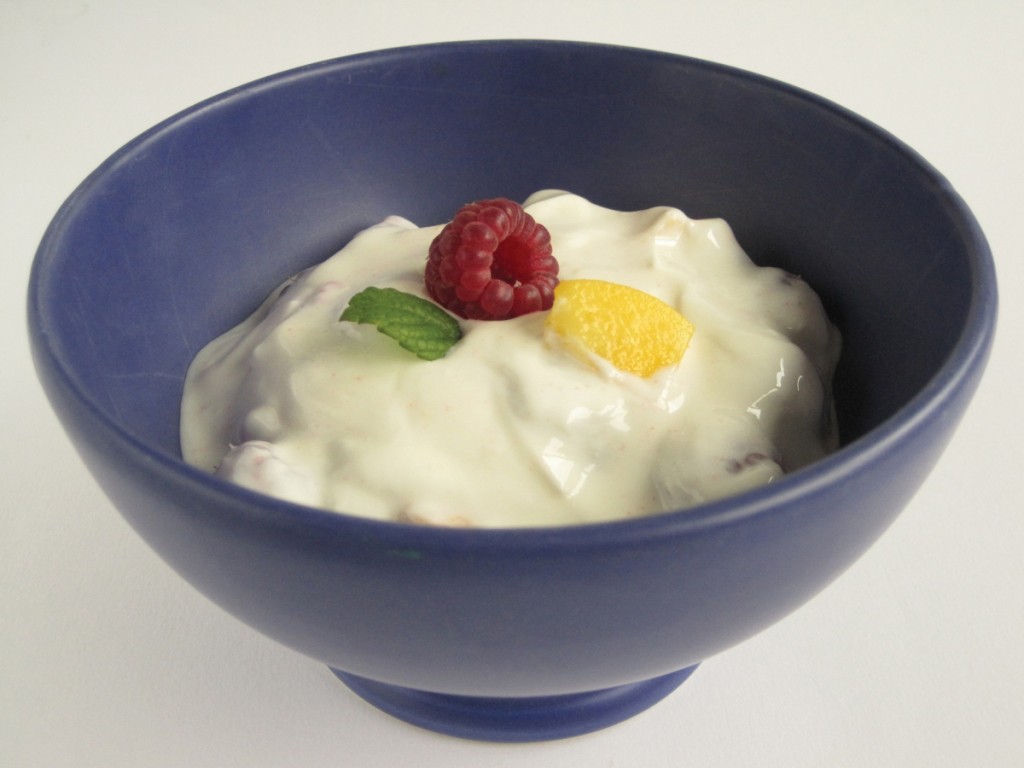
Greek Yogurt
Going greek isn’t just hype, said registered dietitian Dawn Jackson Blatner. For a product that has created a $2 billion industry, according to CNN, I would hope not. Greek yogurt contains about the same amount of calories as regular yogurt, but can have double the protein and half the sugar.
The U.S. Department of Agriculture loves it so much, it’s kicked off a National Greek Yogurt Pilot Program, adding greek yogurt to school lunch programs in four states, according to CNN.
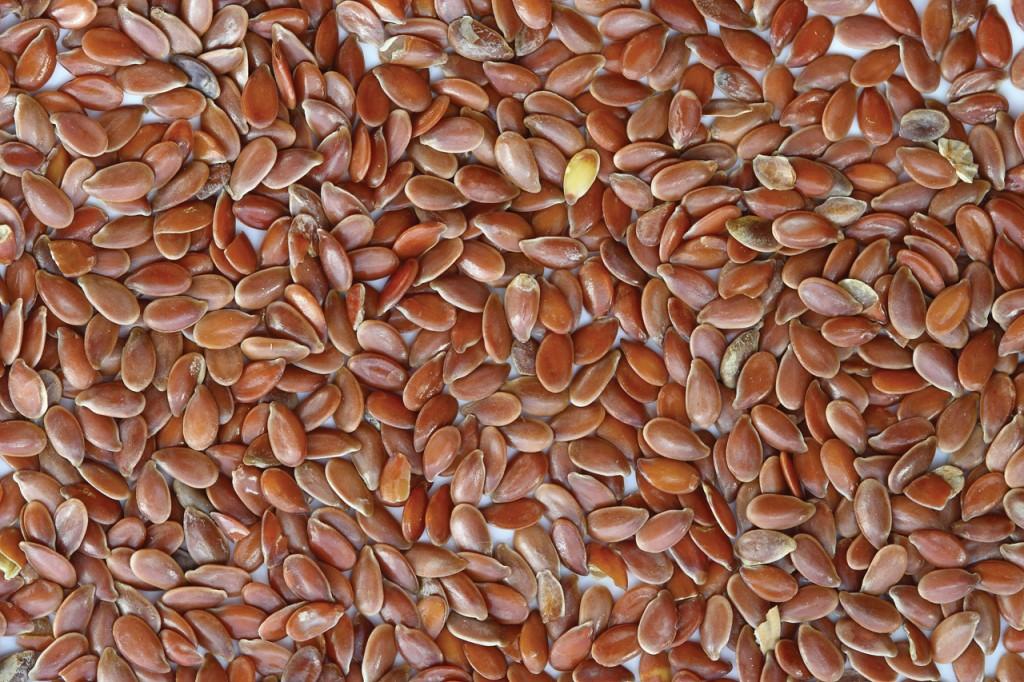
Flaxseed
The known benefits of flaxseeds dates back to the wisdom of King Charlemagne in the 8th century. He passed laws, demanding his subjects consume them, according to Medical News Today. Turns out, King Charlemagne had his reasons. Flaxseed can help stop prostate cancer tumors from growing, according to a U.S. study recognized at the American Society of Clinical Oncology meeting.
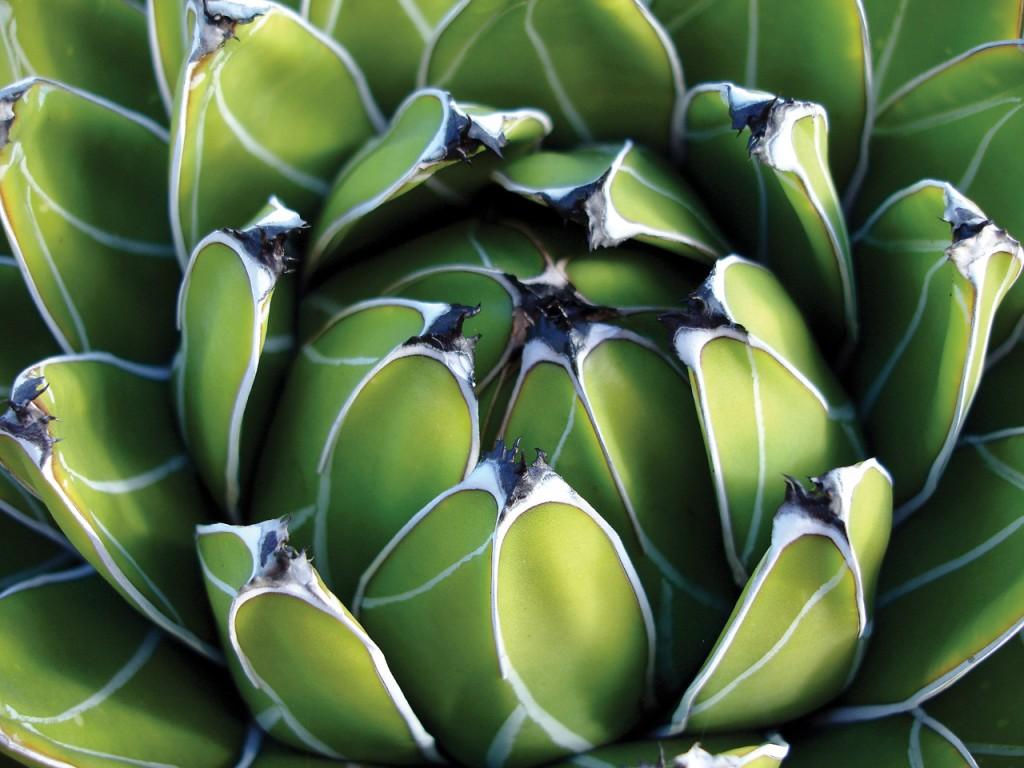
Agave (uh-gah-vee)
Agave is commonly used as a sweetener in energy drinks and nutrition bars. Agave is similar in calories to table sugar, but much sweeter. The difference between table sugar and agave comes in the chemical makeup, said food chemist Kantha Selke. This chemical structure change is especially important to diabetics. Agave is higher in fructose than natural sugar. This means it contains less glucose, resulting in less spikes in diabetics. But not all agave is created equal.
Roger Clemens, spokesperson for the Institute of Food Technologists, said depending on the type of manufacturing, agave could contain as little fructose as high-fructose corn syrup, meaning agave serves no benefit to diabetics trying to avoid glucose.
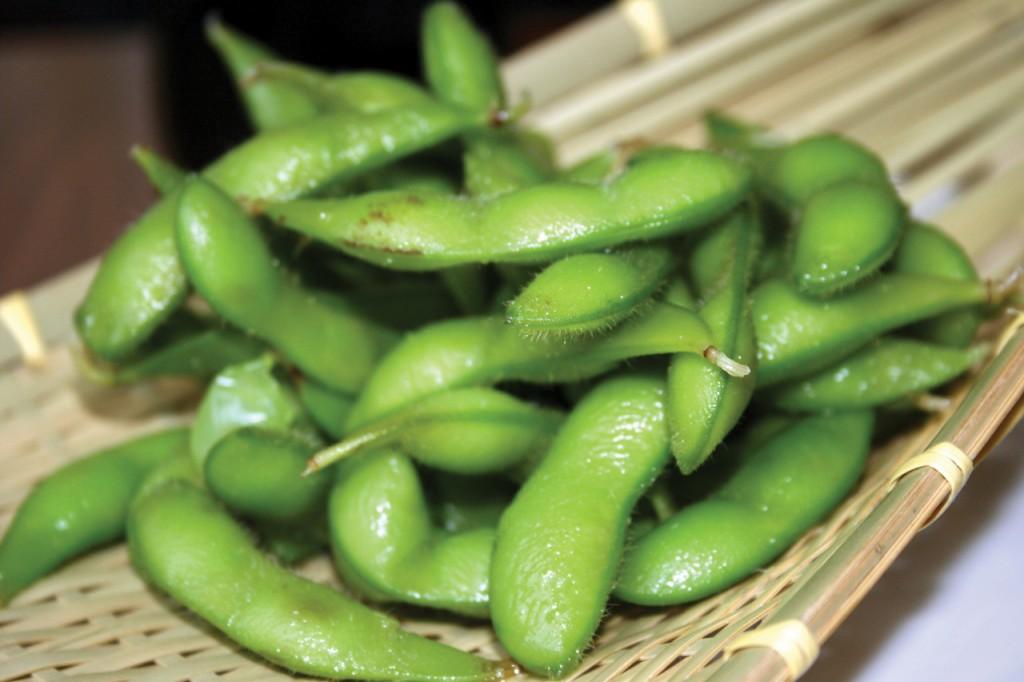
Soy
Although soy has been around for 5,000 years, it’s having its moment now. Soy comes in the form of a bean called edamame which is the basis for products like tofu, tempeh, and vegetarian replacements such as soy meats. It’s generally thought to be a goods source of protein, depending on what form it is found in. Twenty-five grams of soy a day can be part of a diet that helps reduce the risk of heart disease, according to the FDA. A study done at the University of Southern California showed women who drank a cup of soy milk a day have a 30 percent less chance of developing breast cancer than those who consumed little or no soy. Another study at the National Cancer Institute suggests soy will have it’s most powerful affect on reducing breast cancer when eaten throughout childhood.
Email Noor Ashouri at reporter10@unfspinnaker.com






